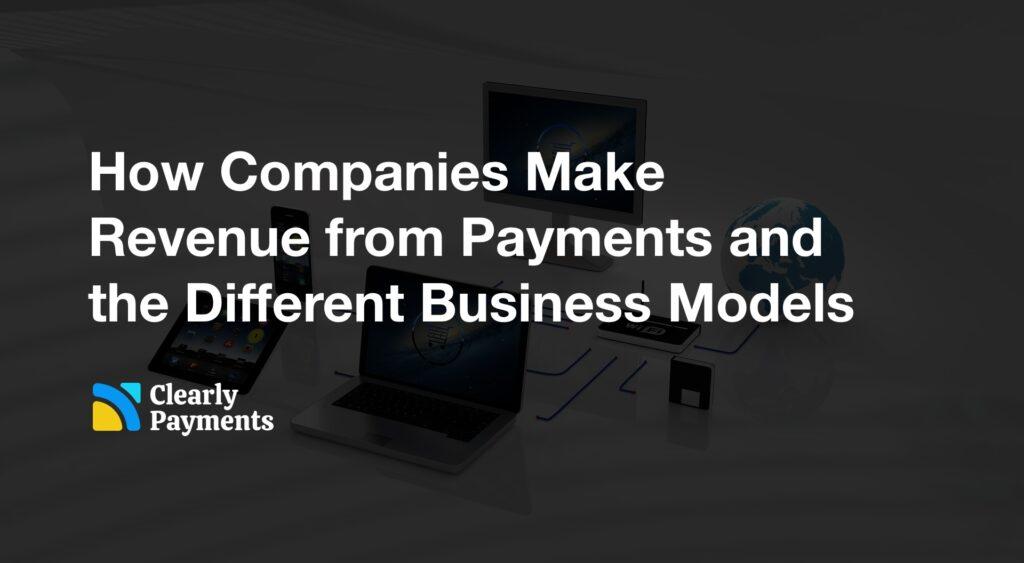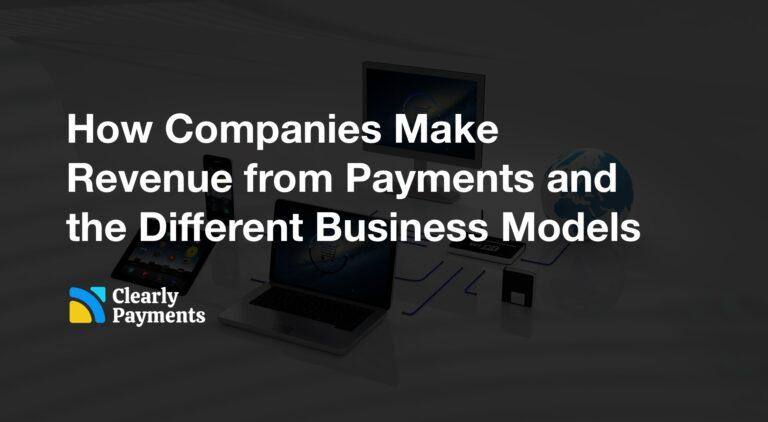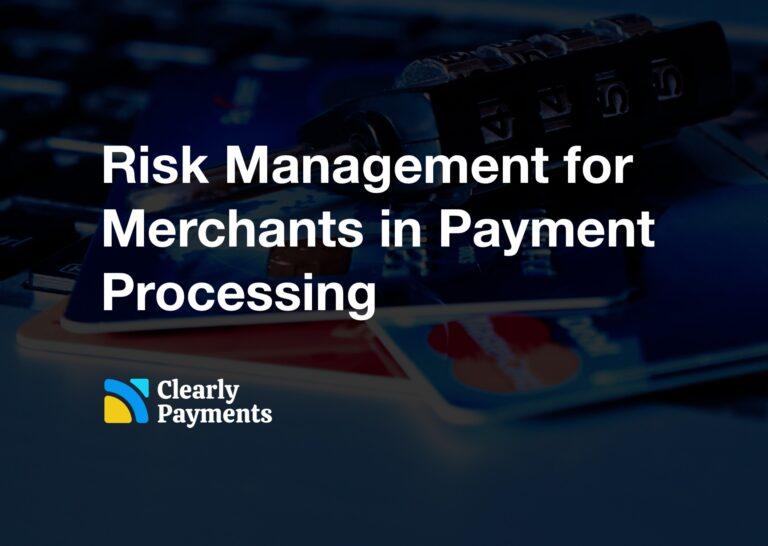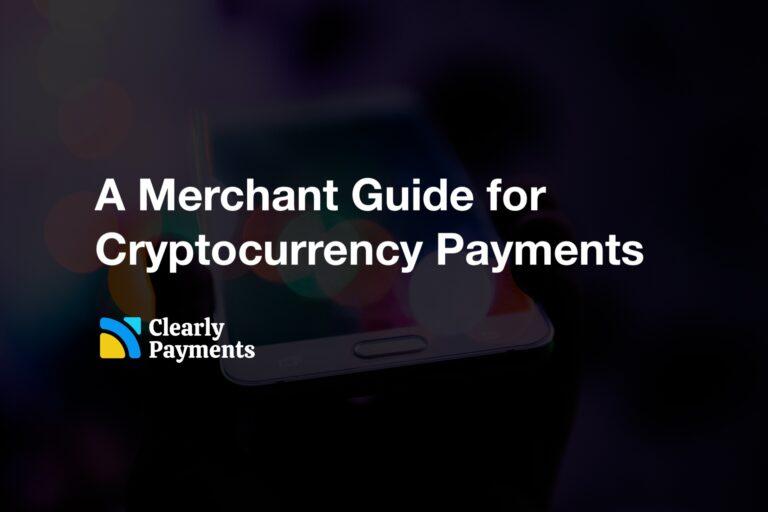Digital payments has become a core foundational capability with the growth of the internet and mobile devices. People want convenience, speed, and security rolled into a simple user experience. They want to easily pay anytime, anywhere, in whatever way they want.
Payments has also become a new business model and revenue stream for businesses, particularly software and SaaS businesses. As software companies continue to develop and expand their offerings, they have a unique opportunity to tap into this lucrative revenue stream by providing payment solutions to their customers.
This article is about the different business models and revenue streams that are possible with payments and payment processing.
The Different Revenue & Business Models in Payments
The terms “business model” and “revenue type” are related concepts within the broader context of how a business operates and generates income, but they refer to different aspects of a company’s structure and financial strategy.
A business model is a holistic framework that describes how a company creates, delivers, and captures value. It encompasses various elements, including the target customer segment, value proposition, distribution channels, revenue streams, key resources, and cost structure.
Revenue type refers to the specific ways a company earns money. It is a more focused aspect of the business model that looks specifically at the sources of income.
The below list has a mixture of business models and revenue types to explain the different ways companies can build a revenue stream in payments.
Transaction-Based Revenue Using Credit Card Surcharge
One of the most straightforward ways for software companies to generate revenue from payment processing is by charging transaction fees. This involves marking up the fees they pay to payment processors and adding a surcharge for each transaction processed through their platform. This approach is commonly used by eCommerce platforms, point-of-sale (POS) systems, and other software that facilitates online or in-person payments.
Any company that accepts credit cards for payments can charge a surcharge which would give them a new revenue stream. For example, a company might charge a 3% surcharge for all purchases with a credit card. If their payment processing fees are only 2.3%, they generate 0.70% extra revenue on their total sales.
Bundling Payment Processing into Your Service
Payment processing can also be incorporated into subscription plans, offering customers a seamless payment experience while generating recurring revenue for the software company. By bundling payment processing into a higher-tier subscription plan, companies can provide additional value to their customers and increase their average revenue per user (ARPU).
In this example, the software company recognizes the value of bundling payment processing services directly into its e-commerce platform. Shopify does this. By doing so, they offer a more comprehensive solution to businesses and build a large revenue stream. Before Shopify started bundling payments, businesses could use any payment processor they want.
Payment Facilitation (PayFac of PSP) or Payment Processor or ISO
As software companies become more deeply embedded in the payment ecosystem, they can explore opportunities to become payment facilitators, payment processors, or ISO (Independent Sales Organization). This involves obtaining a payment processing license and directly providing payment systems to merchants. Payment processors earn revenue from a combination of flat transaction fees, percentage transaction fees, monthly fees, subscription fees, and other value-added services.
Becoming a payment processor is a big commitment with quite a few barriers to entry. It requires deep knowledge, technical capabilities, and a distribution channel that reaches thousands of merchants. TRC-Parus is a payment processor using the ISO model. We’ve written on how to build an ISO.
Customer Acquisition and Referral Partnerships
A referral partnership is likely the fastest and easiest way for B2B companies to generate revenue in payments. In essence, if you have business customers, you can refer them to a payment processor to share the payment processing revenue.
In this type of partnership, the referrer promotes the payment processor’s services to potential clients or customers and receives compensation in return for successful referrals. This model benefits both parties by expanding the payment processor’s customer base and providing the referrer with additional revenue streams. Typically, the referring business will receive 20% to 50% of the revenue made by the payment processor on a monthly basis.
Embedded Finance Solutions
Embedded finance is a rapidly growing trend that involves integrating financial services directly into software applications. Software companies can leverage this trend by offering embedded payment processing solutions, allowing their customers to accept payments without leaving their platform. This can significantly enhance the customer experience and create new revenue streams for the software company.
This example illustrates how embedded finance solutions can enhance the functionality of a non-financial platform, providing users with a one-stop-shop for their e-commerce and financial needs. Some of the common financial services provided are: payments, loan products, insurance products, and more.
Specialized Payment Solutions and Consulting
Software companies with specialized expertise in certain industries or verticals can develop tailored payment solutions that cater to the unique needs of those segments. This can provide a competitive advantage and generate significant revenue from niche markets. This generally follows a consulting business model where you charge by hour of work or project-based.
Data Monetization
Payment processing generates valuable transaction data that can be analyzed and monetized. Software companies can use this data to gain insights into customer behavior, identify trends, and improve their products and services. They can also sell or license this data to third parties for additional revenue streams.
Data monetization can be achieved by selling data directly or by using insights derived from the data to enhance existing products, create new offerings, or make strategic business decisions.
Barriers to Entry in Payments
Entering the payments industry is not for the faint-hearted, as it presents a challenging landscape with various barriers that can deter new entrants. These barriers to entry are substantial, encompassing technological, regulatory, and competitive aspects. Understanding and overcoming these challenges are essential for companies aiming to carve a niche in the payments sector.
Regulatory Compliance: The payments industry is subject to a myriad of regulations and compliance requirements imposed by national and international authorities. Obtaining the necessary licenses and adhering to stringent regulatory frameworks can be a time-consuming and costly process. Companies must navigate complex legal landscapes to ensure their operations comply with anti-money laundering (AML), know your customer (KYC), and data protection regulations, among others.
Security and Fraud Prevention: With the rise of digital transactions, ensuring the security of payment systems is paramount. Building robust cybersecurity measures to protect sensitive financial data is a significant barrier. Companies must invest heavily in encryption technologies, fraud detection systems, and continuous monitoring to instill trust among users and comply with industry standards.
Technology Infrastructure: Establishing a reliable and scalable technology infrastructure is a substantial barrier to entry in the payments industry. Developing or integrating sophisticated payment processing systems, ensuring seamless interoperability with various financial institutions, and providing a user-friendly interface demand substantial financial investments and technical expertise.
Network Effects and Partnerships: Existing players in the payments space often benefit from strong network effects. Established payment platforms have already cultivated extensive user bases, merchant networks, and partnerships with banks. New entrants face the challenge of convincing users and merchants to adopt their platform, overcoming the inertia associated with existing, widely accepted payment solutions.
Economies of Scale: Large payment companies enjoy significant economies of scale, allowing them to process transactions at lower costs per unit. New entrants may struggle to compete on pricing, making it challenging to attract users and merchants. Achieving scale is a gradual process that requires substantial investments in infrastructure, marketing, and customer acquisition.
Brand Recognition and Trust: Trust is a critical factor in the payments industry. Established players often benefit from strong brand recognition and a history of reliable service, creating a barrier for new entrants. Building a brand that inspires confidence among users and merchants is a time-consuming process that requires consistent service delivery and effective marketing strategies. Companies with a brand and a consistent customer lead flow has a significant advantage.
Capital Requirements: The payments industry demands upfront investments in technology, compliance, marketing, and operational infrastructure. New entrants must secure significant capital to compete with established players and navigate the initial stages of low profitability before achieving economies of scale.
Changing Regulatory Landscape: The regulatory environment in the payments industry is dynamic and subject to frequent changes. Keeping abreast of evolving regulations and adapting operations to comply with new requirements poses an ongoing challenge. Companies entering the market need the flexibility and resources to adjust quickly to regulatory shifts.
The payments industry is marked by formidable barriers to entry that require a strategic and comprehensive approach. Overcoming regulatory hurdles, establishing trust, building scalable technology, and navigating competitive landscapes are essential components for new entrants aiming to thrive in this complex and rapidly evolving sector.




